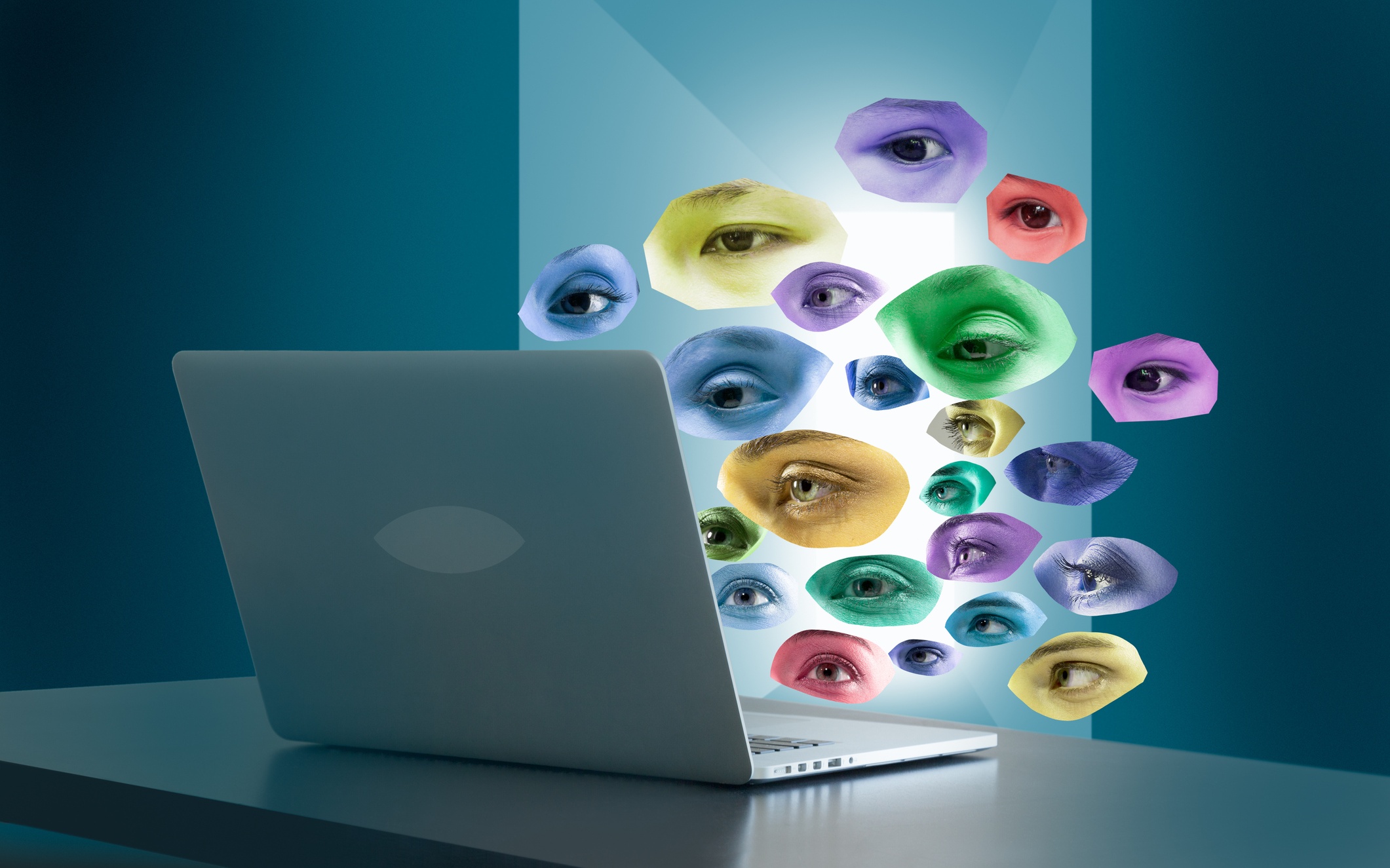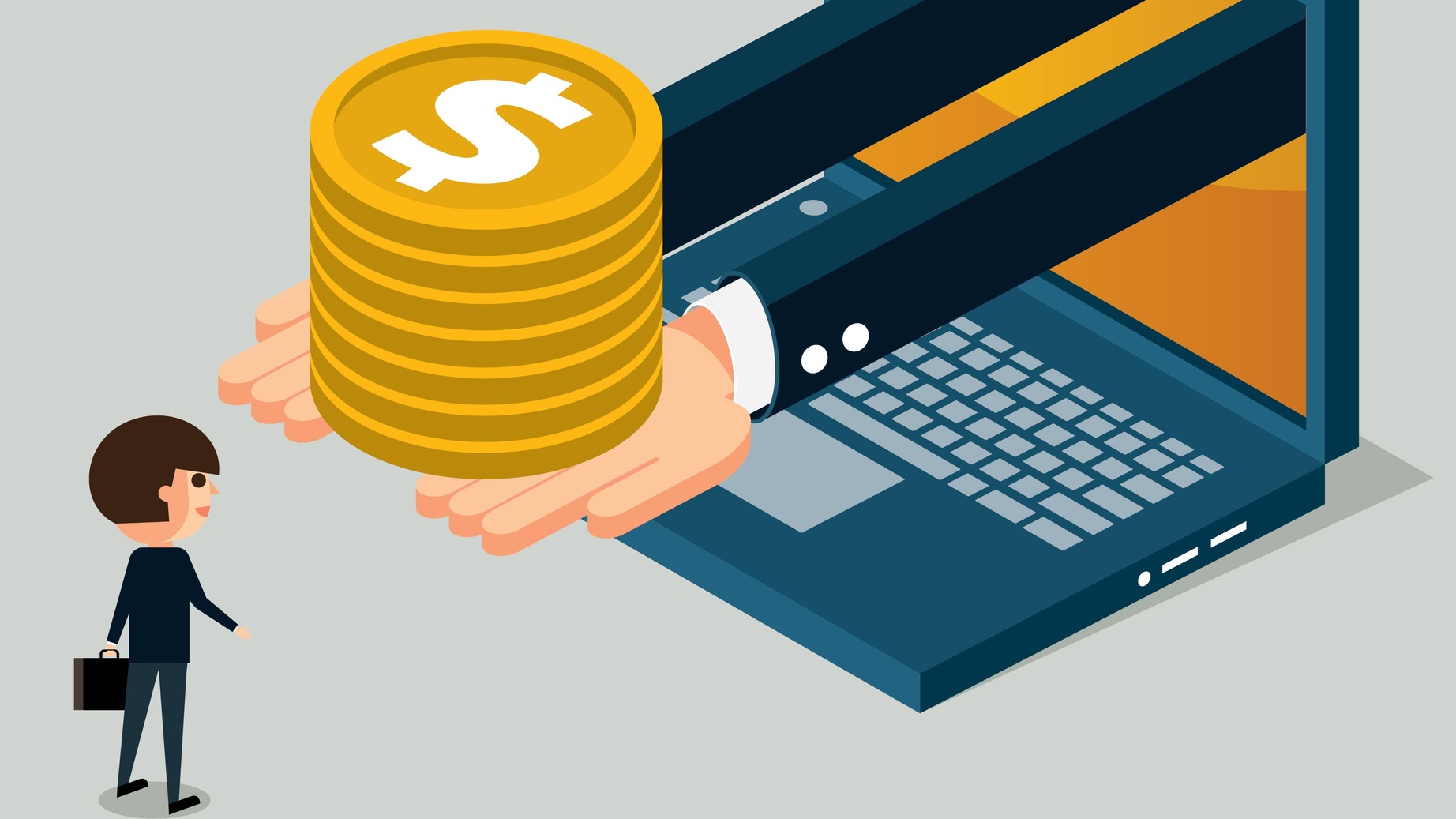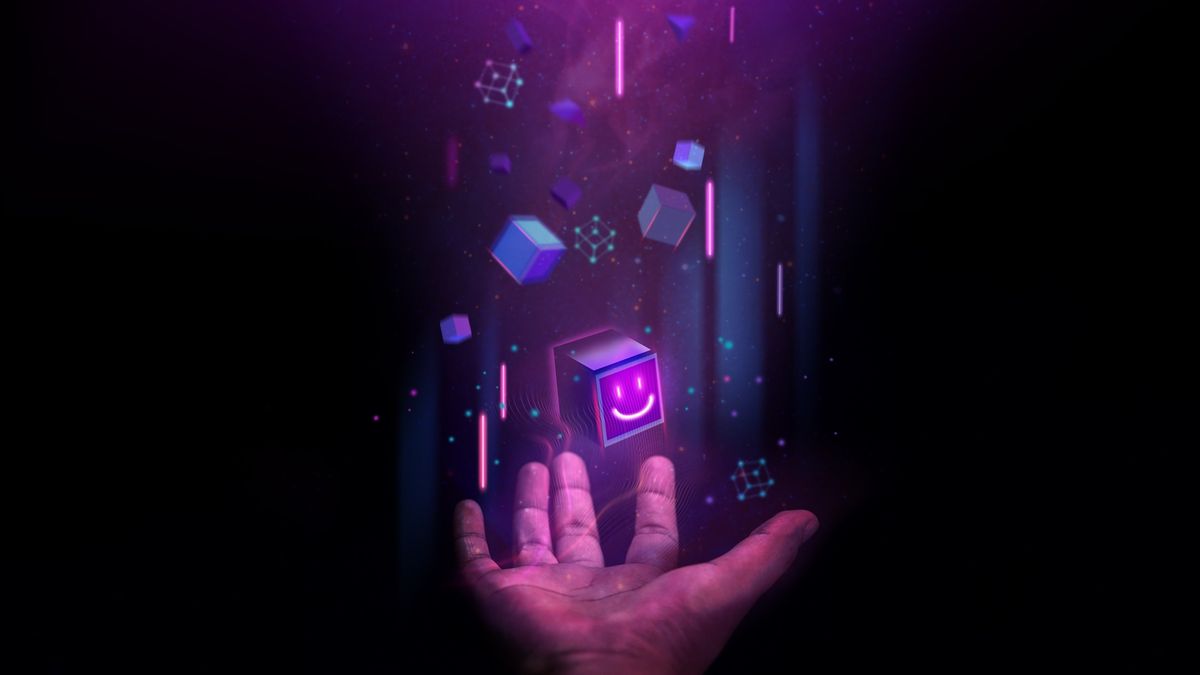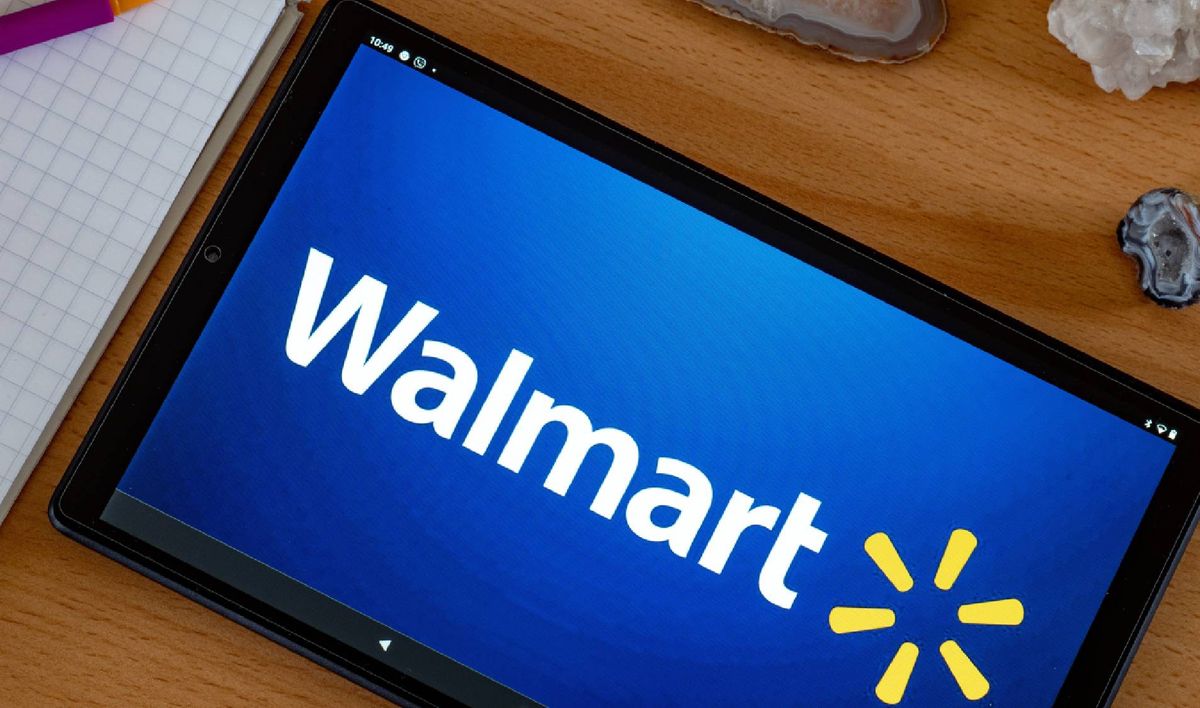“What is web 3.0?” is often asked with a tone of skepticism, apprehension and leeriness — similar to when David Letterman teased Bill Gates in a ‘95 interview, causing an uproar in laughter after asking, “What about this ‘internet’ thing? Do you know anything about that? What the hell is that exactly?”
Gates babbled on about how the internet is a place where entities can publish the latest information on their homepages, and users can send “electronic email” to others around the world. He didn’t know it, but at the time, the Microsoft co-founder was describing “Web 1.0,” the era of the internet between 1991 and 2004 when most users were the consumers of content — not the creators of it.
What is Web 1.0 and Web 2.0?
Tech pundits say Web 1.0 was “read only.” In other words, many perused through websites and absorbed information, but often did not play a major role in generating and disseminating content. For example, a typical Web 1.0 user would read news articles on AOL, hunt for websites about their favorite rock bands via Yahoo! search, play some web browser games, hop into a few chatrooms, but user-generated content from this internet surfer was few and far between.
Attempting to convince Letterman that Web 1.0 is useful, Gates told him he could look up information on topics that interest him, including cigars and auto racing. A stubborn Letterman waved him away and said, “I’ve got that covered! I’m subscribed to two British magazines that are devoted entirely to motorsports.”
And well — we know what happened to the magazine industry. The internet slaughtered it, especially when the Web 2.0 era (2004 – present day) came into existence. Letterman likely no longer uses magazines to stay current on motorsports. Not only does he have a plethora of information about NASCAR at his fingertips via Google Chrome (and other browsers of its ilk), but he can also share NASCAR video highlights on Twitter, post TikTok videos about his excitement for upcoming races, and more. Unlike Web 1.0, Web 2.0 lets users be consumers and content creators.
Besides the explosion of user-generated content and social media platforms, there’s one other facet of Web 2.0 that’s quite controversial. You see, in Web 1.0, we were the ones absorbing hordes of information from the internet. In Web 2.0, the internet said, “The tables have turned!” and started collecting information from us.

Tech giants such as Meta (formerly Facebook) and Google collect data from users to regurgitate targeted advertisements and content to squeeze out more money from its consumer base. Some even sell data to third parties, often without users’ consent. Your internet experience is likely awash with ads concerning recent Google search queries, products you’ve abandoned in carts, and other stalkerish occurrences that indicate you’re being tracked and stalked.
This is where Web 3.0 swoops in to save the day, promising a new era where users have more control over how their data is collected.
What is Web 3.0?
The internet is currently on the cusp of a paradigm shift — the next-generation internet, Web 3.0, is on the horizon. But in the tone of Letterman’s snarky skepticism, you may be wondering, “What the hell is Web 3.0 anyway?”
To be succinct, Web 3.0 is the next iteration of the internet that will largely rely on blockchain technology, cryptocurrencies, and most importantly, the philosophy of decentralization. In other words, Web 3.0 is megacorps’ worst nightmare — and I’ll tell you why.

Do you remember when Meta suffered a major outage last year? If you have no idea what I’m talking about, long story short, Instagram, Facebook and WhatsApp were down for six hours in early October 2021. It was the worst blackout the social media giant experienced in 13 years. People who depended on Meta’s platforms for their livelihood, business owners and content creators, were disconnected from their customers and consumers. According to CNBC, some lost up to $5,000 that day — and the company’s centralized nature is to blame.
This is where the blockchain enthusiasts smirked and said, “I told you so!” The beauty of blockchain technology, the engine behind cryptocurrencies and NFTs, is that, according to Decrypt, it “lacks a single point of failure” because it’s powered by user-run networks that even you — yes, you — can join. In other words, if a couple of nodes go haywire, it’s no skin off Bitcoin’s back; it will still be running because it has millions of other backup systems all over the world. We can’t say the same for Meta. Due to blockchains, future Web 3.0-based apps should have better uptime.
Blockchains also record ownership on a shared, public ledger, and most importantly, it lets you transfer your digital assets from one platform to another. For example, if you purchase an NFT of a funky GIF on OpenSea (a popular NFT marketplace), you’re not obligated to keep it there — you can move it to other platforms, thanks to Web 3.0 wallets like MetaMask (more on that later).
With that mind, here’s how the Meta outage would have went down in a Web 3.0-based world, according to Benzinga:
“Instead of having a different username on Twitter, Instagram, and TikTok, you can have a single identity and store your data [via blockchain technology]. When we own our digital identity, we don’t have to worry about an engineer taking down an entire network just by a routine maintenance mistake, as was the case with Facebook,” Benzinga said. “When Facebook goes out, for example, you have no way to transfer your profile and contacts to a different service, but if you owned your digital identity online, you could switch services at the click of a button without losing years of information.”
To illustrate this thoroughly, if Twitter were to go dark, folks wouldn’t fret. They’d simply move their data — preserved via blockchain tech — to another platform with ease. How? Everyone would have something called a wallet address (a long alphanumeric phrase) after signing up for a Web 3.0 digital wallet like MetaMask. Other platforms will be able to read your wallet address and the digital assets associated with it. As such, you can easily transfer your data from one platform to the next seamlessly.

As it stands now, big-name corps wouldn’t dare let you take your data off their centralized platforms — they profit too much from it. Although I’m using social media to illustrate Web 3.0, the concept of owning one’s data via blockchain technology would apply to all industries. You would no longer use the ol’ email address and password to log in — all you’d need is a wallet address and a secure Web 3.0 wallet. For example, whether you want to shop at Amazon, Walmart or Best Buy, you’d use one digital wallet to connect to those sites and purchase products with crypto.
The upsides of Web 3.0 is, to megacorps’ dismay, decentralization, but what are the perils of the next-generation internet?
What are the disadvantages of Web 3.0?
So here’s the thing about Web 3.0 — censorship and moderation will be less prevalent due to decentralization. For example, there will be fewer news stories about social media platforms (e.g., Twitter) putting a muzzle on certain firebrands. There also won’t be a select few companies (ahem, Apple and Google) monopolizing the app store market, allowing developers more freedom to publish apps without restrictions. These Web 3.0 aspects could be a good thing or a bad thing, depending on who you ask. On the plus side, people will be free to say and do whatever they want, but consequently, venomous content may go unchecked.
However, there may be a solution to this. Web 3.0 will likely implement a rewards system that incentivizes good behavior while penalizing the “bad apples” where it hurts the most: their pockets. For example, talented developers who submit top-of-the-line apps will receive crypto rewards in their wallets while malicious actors may lose money. Protocols will likely weed out the bad from the good by relying on community voting, another potential drawback of Web 3.0.

There will be less, “We’re the executives and this is our final decision — and you have to suck it up or leave” in Web 3.0 and more “the fate of this company rests on a democratic process via ‘crypto voting.’”
We are already seeing this as Web 3.0 burgeons. Currently, there are protocols that let users — not board members — vote on significant changes that greatly affect the community via cryptocurrency holdings. For example, if Uber wanted to make changes to its privacy policy, or if Epic Games wished to apply a momentous update to Fortnite, under Web 3.0 philosophy, users would vote with digital tokens on the company’s direction.
The downside of this type of Web 3.0 governance is that, in many cases, users with the most tokens have more weight in the voting process. In other words, the wealthiest users will have the most impact on companies’ trajectories while the less fortunate won’t have much of a voice.
Outlook
Web 3.0 is still in its budding stages, so my imaginings of the next-gen internet could be vastly different from what I prophesied. All I know is that if blockchain technology is set to revolutionize the internet, there’s one thing it must do first: be easier to use.
Web 2.0 came into existence because the average Joe no longer needed technical skills to output content. Platforms made it easy and seamless for users to upload and share ideas, videos, photos, GIFs, memes, and more, invoking laughter with light-hearted posts or arousing fury among personally aggrieved followers.
Conversely, as of this writing, many blockchain-based applications aren’t intuitive enough for your grandmother to use without feeling perplexed. Even the world’s most popular Web 3.0 digital wallet, MetaMask, needs a lot of work with its UI. For example, adding a network like Binance Smart Chain to MetaMask should be as simple as clicking a button, but currently, it requires manual input of URLs and numerical codes. Who has time for all that?! Not me!
The potential upsides of Web 3.0 are exciting, promising that users will have more control over their data and privacy. Sure there are pitfalls, but to be fair, there’s no such thing as a “perfect internet.” All the iterations of the internet, whether it’s Web 1.0 or 2.0, had its pros and cons: Web 3.0 won’t be any different. We just hope that the third-generation internet is a significant upgrade from its data-hungry, privacy-encroaching predecessor.








